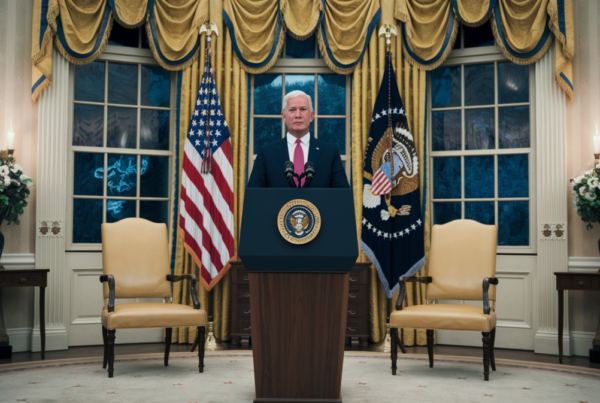“`html
The Global Battle for AI Supremacy
The competition between the United States and China in artificial intelligence (AI) is no longer just about technological breakthroughs. It has evolved into a strategic struggle for dominance in digital infrastructure, policy frameworks, and global influence. While the U.S. has long been a leader in AI innovation, China’s rapid advancements and state-backed initiatives are challenging America’s position. The stakes are high—AI is not just a tool for economic growth but a cornerstone of future geopolitical power.
Why AI Infrastructure Matters
AI development relies heavily on robust digital infrastructure, including:
- Data Centers: The backbone of AI training and deployment.
- Semiconductor Chips: Critical for processing power, with global shortages highlighting their importance.
- Foundational AI Models: Large-scale models like GPT-4 require immense computational resources.
China has made significant investments in these areas, often outpacing the U.S. in infrastructure development. Meanwhile, other nations like France, Japan, and the UK are also stepping up their efforts, aiming to shape global AI standards.
The Strategic Divide: Democracy vs. Digital Authoritarianism
AI is not just a technological asset—it reflects the values of the societies that develop it. China’s AI models often prioritize surveillance and censorship, aligning with its digital authoritarianism. In contrast, the U.S. emphasizes democratic norms, privacy, and open innovation. This divide has profound implications for global AI governance and ethical standards.
Challenges Facing the U.S.
Despite its innovative edge, the U.S. faces several hurdles in the AI race:
- Lack of a Cohesive Strategy: Unlike China, the U.S. lacks a unified national technology policy.
- Slow AI Adoption: Many sectors, including manufacturing and healthcare, lag in integrating AI solutions.
- Infrastructure Gaps: Energy and computing resources are not yet optimized for large-scale AI deployment.
Policy Recommendations for the U.S.
To reclaim its leadership, the U.S. must take decisive action:
- Develop a National AI Strategy: A clear policy framework to guide investments and regulations.
- Invest in Infrastructure: Expand data centers, semiconductor production, and energy grids to support AI.
- Promote Cross-Sector Adoption: Encourage AI integration in industries like defense, agriculture, and logistics.
U.S. vs. China: A Comparative Look
| Factor | United States | China |
|---|---|---|
| AI Innovation | Leader in research and startups | Rapidly catching up with state-backed projects |
| Infrastructure | Strong but fragmented | Massive, centralized investments |
| Policy Approach | Decentralized, market-driven | Centralized, government-led |
| Global Influence | Focus on democratic norms | Exporting digital authoritarianism |
The Path Forward: Collaboration or Confrontation?
While competition is inevitable, there are calls for selective collaboration between the U.S. and China in AI research. Joint efforts could accelerate breakthroughs in areas like climate modeling and healthcare. However, national security concerns—such as espionage and intellectual property theft—complicate this prospect. Striking the right balance will be crucial.
Conclusion
The AI race is not just about who builds the smartest algorithms. It’s about who can create the most resilient infrastructure, the most effective policies, and the most influential global norms. For the U.S., innovation alone won’t be enough—it must also address its structural weaknesses to stay ahead of China. The future of AI, and perhaps global leadership, depends on it.
“`







